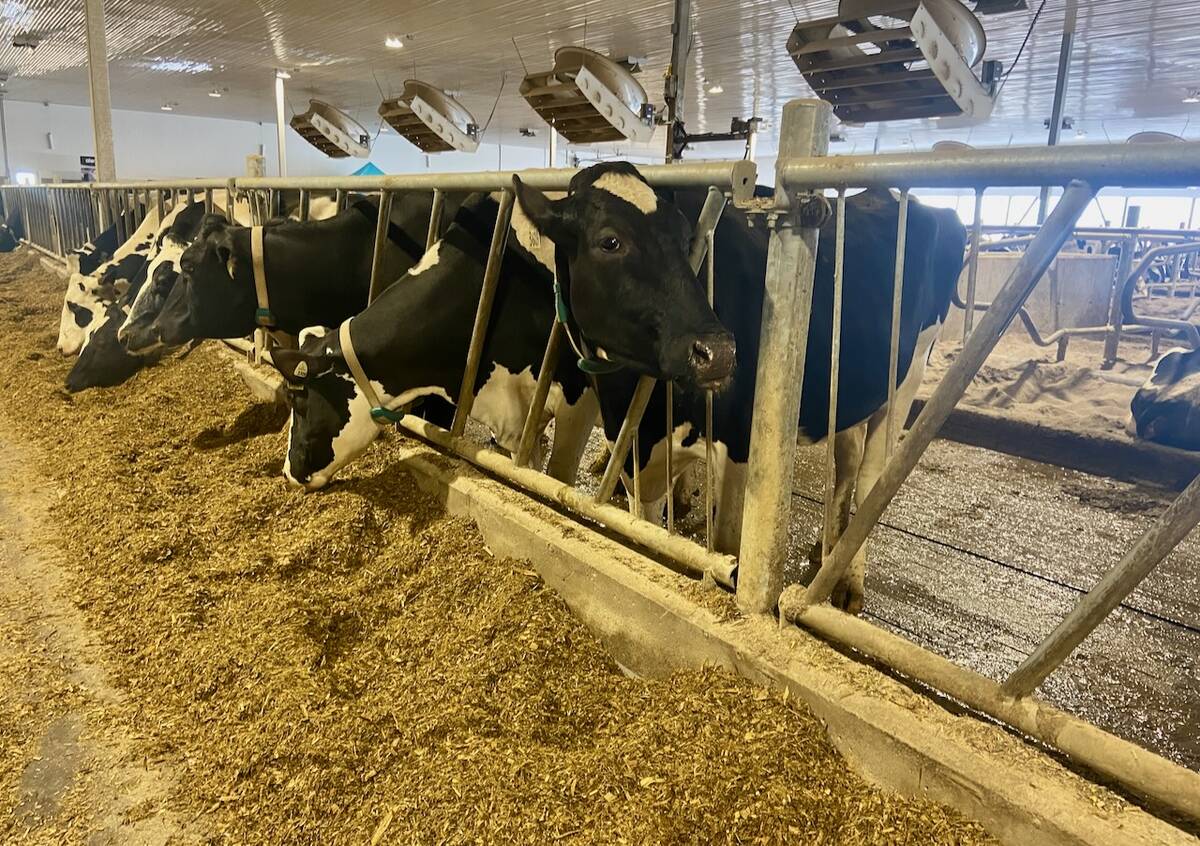LACOMBE, Alta. – A solid piece of advice may have arrived too late for
producers living through Western Canada’s drought.
“If it doesn’t rain, there is nothing you can do,” said Duane
McCartney, a pasture researcher with the Western Forage Beef Group in
Lacombe.
“We need to be able to look at more drought management ahead of time.”
Producers are advised to find hay by the first part of July to meet
this winter’s feeding needs.
Read Also

U.S. farm group supports supply management
U.S. grassroots farm advocacy group pushing new agriculture legislation that would move towards supply management like Canada has for dairy industry
“People should be making contact with people in the wetter areas to
price their hay right now,” he said. “Buy your stuff right now. Don’t
wait until November.”
Most pasture yield is in the first week of July, which means producers
will know what to expect for the rest of the season.
“If you don’t have that yield then, you better do something, because it
ain’t going to come,” McCartney said.
Rain in June brought limited relief to some areas, but the dryness is
far from over.
Depopulating herds was one of the first steps taken by producers. In
some areas of eastern Alberta and western Saskatchewan, half the cow
herd has been dispersed. Some went to greener pastures while others
went to slaughter.
For cattle remaining on pasture, close attention must be paid to range
health and water supplies.
Creep feeding calves on pastures may relieve cows from the stress of
producing adequate milk and self-maintenance.
“If feed is really short, you can creep feed those calves on the
pasture, but you have to have a creep feeder to do it.”
Creep feeding provides supplemental feed to calves before weaning. The
feeder is designed so adult animals cannot enter. Young calves may need
to be trained by scattering grain on the ground leading to the feeder.
Once calves and cows become familiar with the feeder, it can be used to
manage animal distribution by placing it in parts of pastures where
cattle do not move frequently.
Early weaning is another option. Calves could be pulled off cows by
mid-August.
“We found in years of short feed supply the calves that were early
weaned were bigger going into the wintertime than those calves pulled
at the end of October,” McCartney said.
Water sources are critical.
“People will see grass in fields and wonder why there are no cattle.
It’s because there is no water to drink.”
Water should be provided away from dugouts.
“If we are able to pump the water out of the dugout, the cows aren’t
punching holes (on the banks) and causing seepage,” McCartney said.
Bart Lardner of the Western Beef Development Centre in Saskatoon said
stocking rates are also critical.
“Stock your pastures as light as possible,” he said.
Alternative feeds might also be offered. He advised turning cattle onto
annual cereals, or seeding crops specifically for grazing, such as fall
rye, triticale, oats or barley. Common seed is recommended.
With a few showers, these crops should germinate and remove stress from
depleted pastures, Lardner said.
Graze hay fields if it appears there won’t be a hay crop.
Make deals with neighbours and turn cattle into harvested silage fields
and cereals written off by crop insurance.
Feed straw, screenings and range pellets in May.
Check the range pellet to see if it is a protein or energy pellet.
Some plants are more drought tolerant than others, while some go
dormant but revive when it rains.
However, overgrazing plants damages roots. It could take some areas
many years to recover.
The roots need to be long enough to reach moisture reserves. Seriously
dry conditions can kill roots.
For further details on the drought, visit www.wbdc.sk.ca,
drought.usask/ca and www.agr.gov.sk.ca.















